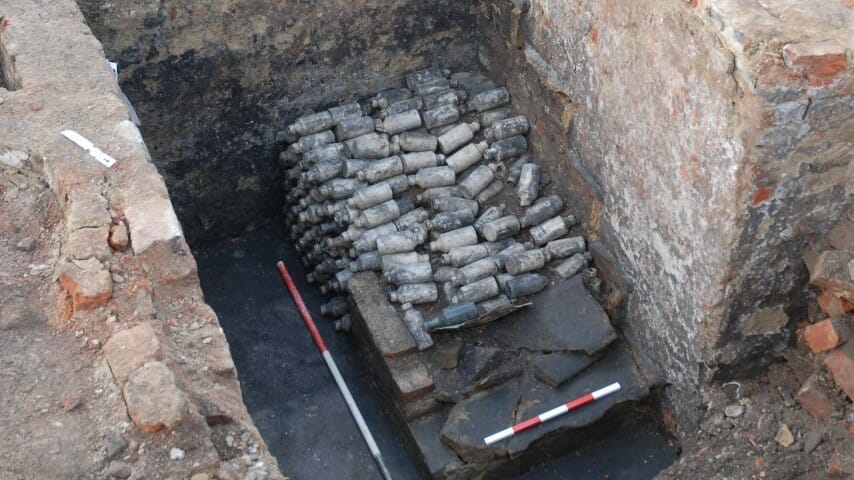Archaeologists Discover Trove of 130-Year-Old Beer Bottles in U.K.
Photo via Archaeological Services WYAS / Facebook
Archaeologists conducting excavations of 19th century Georgian and Victorian cellars in Leeds, England have discovered quite the potent little trove: More than 600 beer bottles that date back to roughly the 1880s, some of which still contain their liquid. The cache was discovered by an organization called Archaeological Services WYAS, which excitedly shared the news via Facebook, picking up interest from history buffs and alcohol geeks alike. The site where the bottles were discovered once housed a building called the Scarborough Castle Inn.
-

-

-

-

-

-

-

-

-

-

-

-

-

-

-

-

-

-

-

-

-

-

-

-

-

-

-

-

-

-

-

-

-

-

-

-

-

-

-

-








































